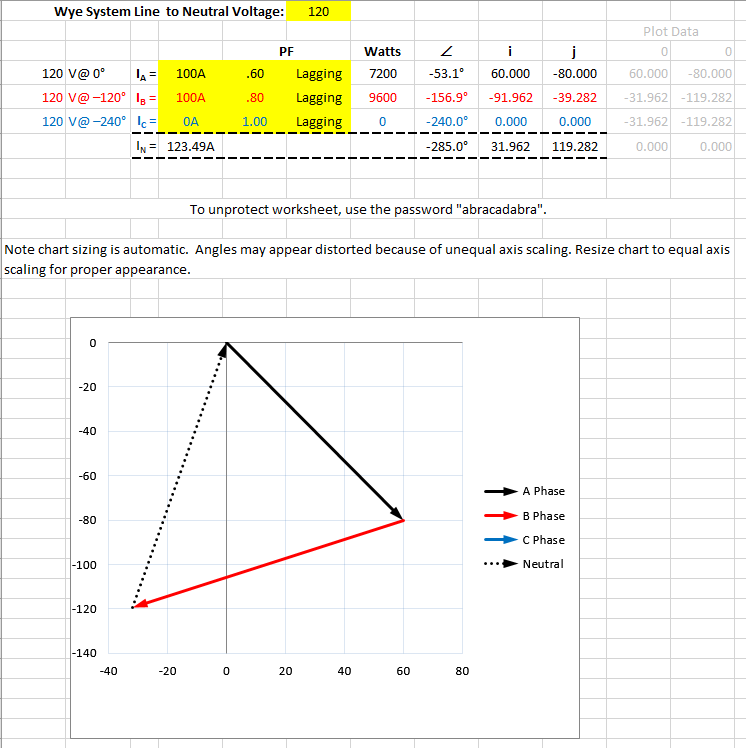mivey
Senior Member
I am quite comfortable in my math skills and grasp of concepts so no need to "try" anything. I'm sure you are as well so something is being lost in translation.nope
not if converted to rectang
try it:
Re = signed mag x cos (signed ang)
Img = signed mag x sin (signed ang)
that is an issue
probably signing/convention related
The point is that a vector in any quadrant can be resolved into its rectangular coordinates. Adding or subtracting 360 degrees to that vector will give you the same reactangular coordinates again. That is the point Smart$ was making.
Not sure what your point is but I'm thinking I'm getting less interested by the minute unless you get to it. All I have seen is some math and formulas which are going nowhere. I suspect your point has more to do with opinion about something. Not sure.



